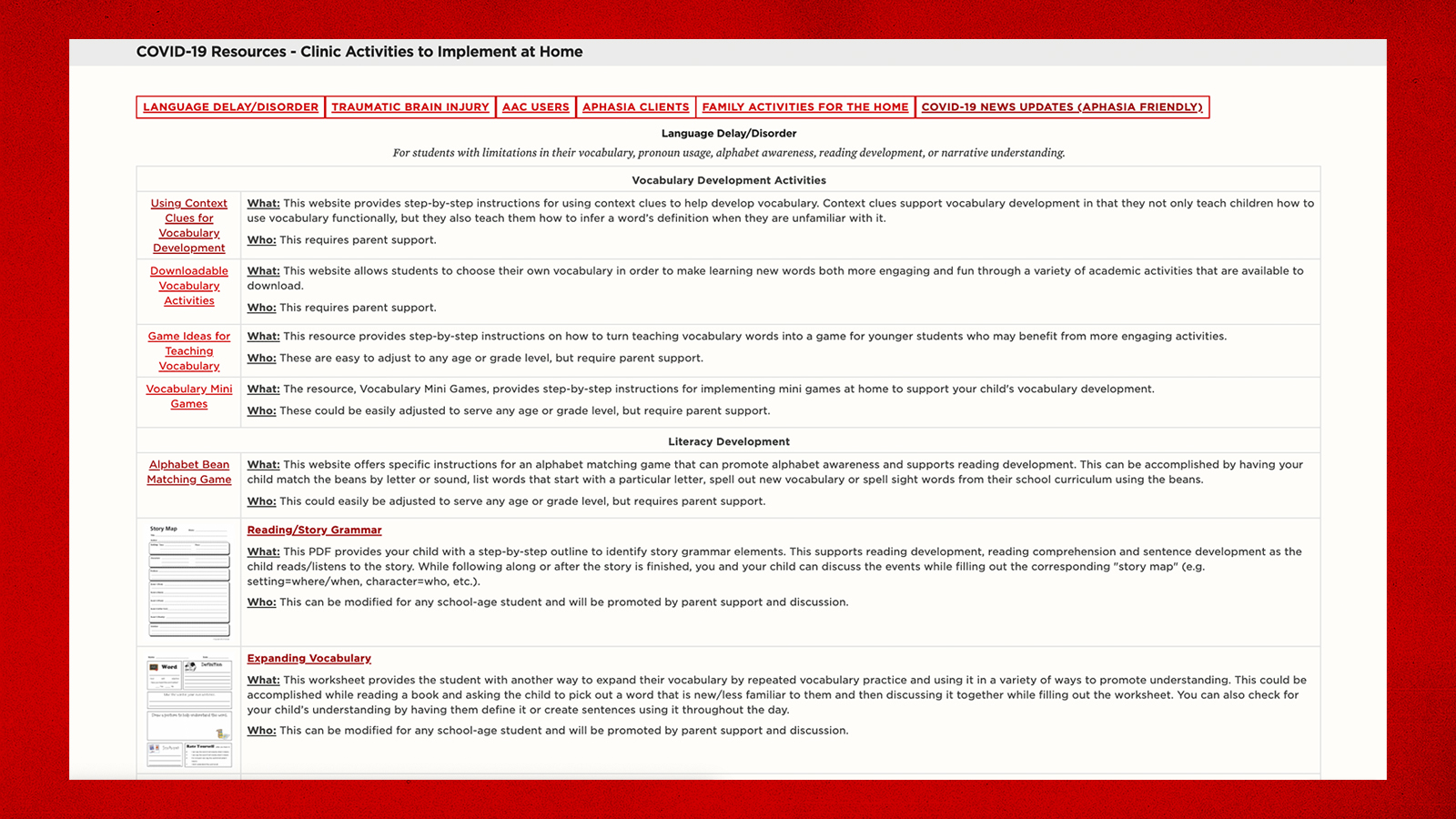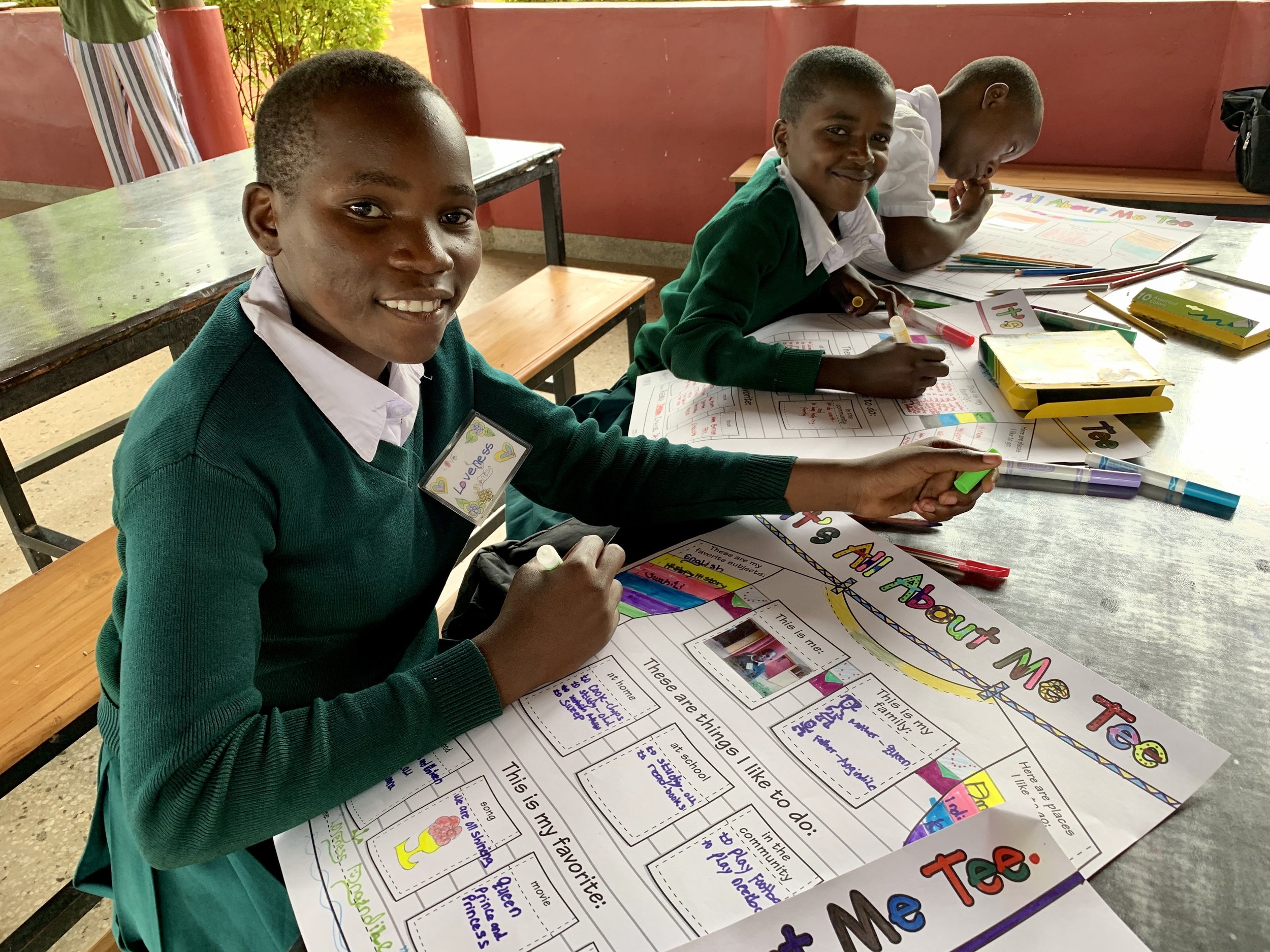What works for teaching children whose home languages are not
Por um escritor misterioso
Descrição
Around 20% of school pupils in England have home languages other than English, yet their teachers feel under-prepared to meet their learning needs.Multilingualism is an asset, but the effort of needing to learn English at the same time as understanding the curriculum in English means that these pupils do not always do as well in school as their monolingual peers. Moreover, funding for teacher development for teaching multilingual pupils is very limited and the National Curriculum in England does not account for multilingual pupils in its guidance.

Barkley Clinic offers resources for communicatively vulnerable individuals during COVID-19

Outstanding performance home tutors

The Pros and Cons of Bilingual Education for Kids: Is It Right For You?

Literacy-based Speech Therapy: Winter Edition – NESCA

Response: ELL Students' Home Language Is an Asset, Not a 'Barrier' (Opinion)

17 Literacy Strategies for Teachers To Use in the Classroom

Teaching Strategies - Early Childhood Education Solutions

8 Powerful Ways to Promote Equity in the Classroom
Highlight, take notes, and search in the book In this edition, page numbers are just like the physical edition

Language Learning in Children Who Are Deaf and Hard of Hearing: Theory to Classroom Practice (Professional Perspectives on Deafness: Evidence and
de
por adulto (o preço varia de acordo com o tamanho do grupo)







